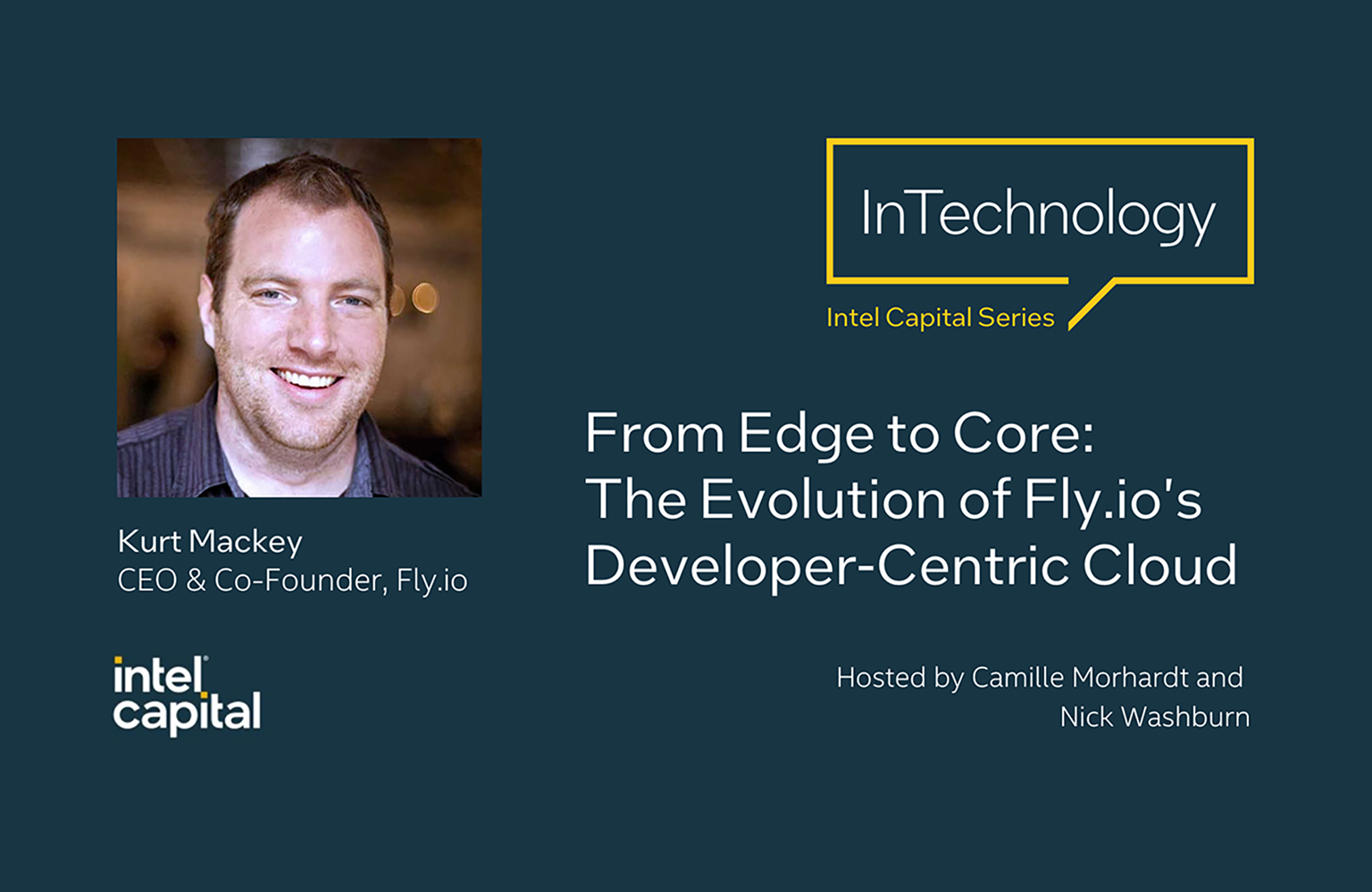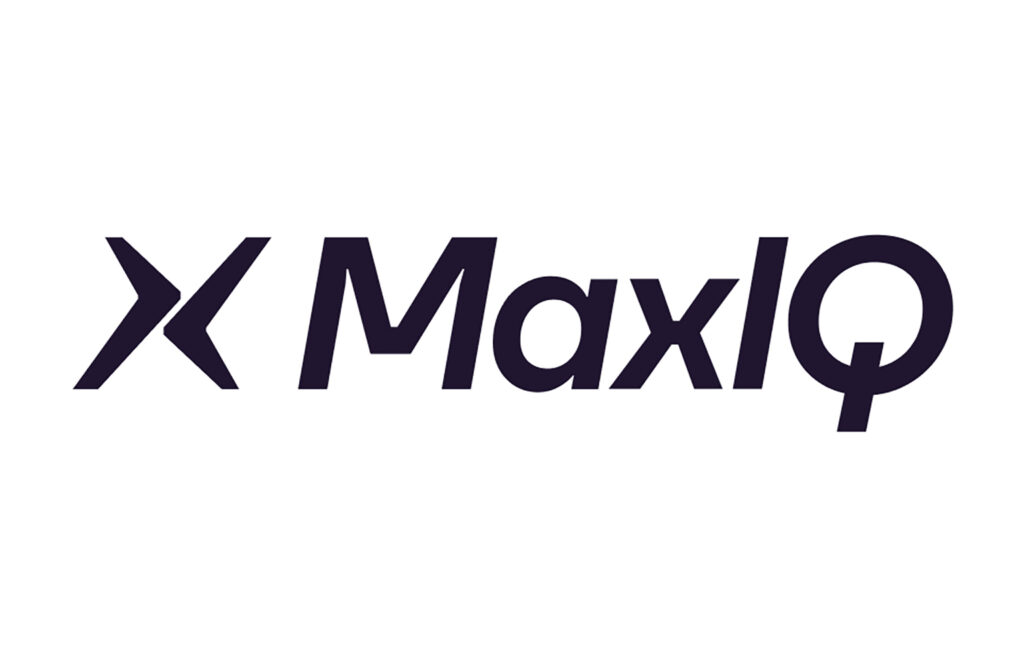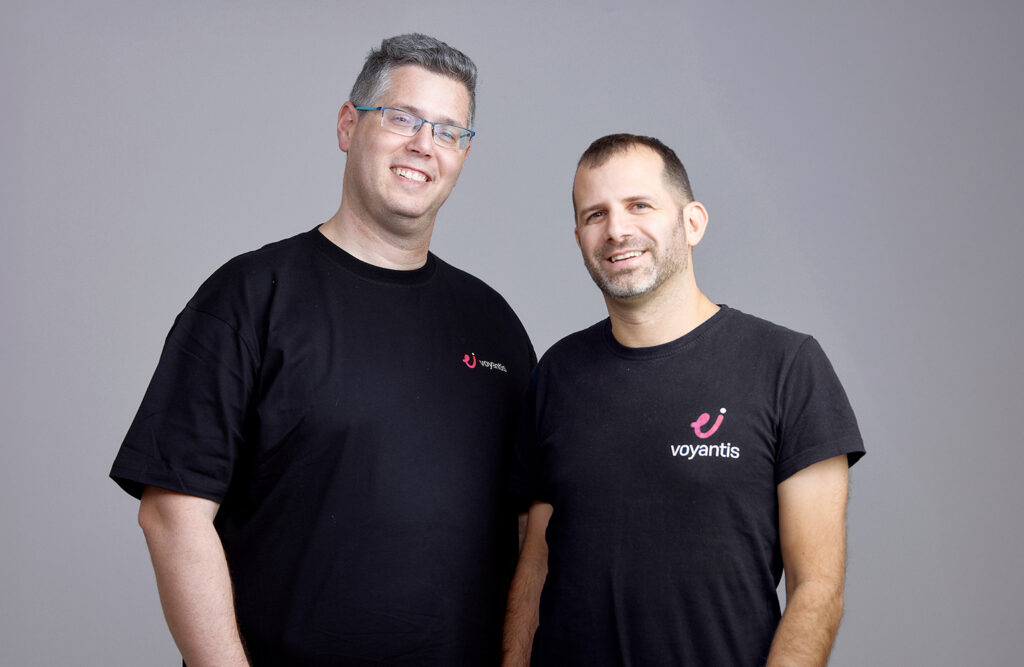
The Future of Cloud Computing: A Developer-Centric Approach
Intel Capital’s edition of the InTechnology podcast spotlights investors and leaders from the Intel Capital portfolio and their game-changing technologies. These conversations explore the key areas of technology Intel Capital invests in and the companies shaping the future of compute.
In the evolving landscape of cloud computing, the focus is shifting towards a more developer-centric approach. In this InTechnology podcast episode, Intel host Camille Morhardt and Nick Washburn, Senior Managing Director and lead Intel Capital investor in Fly.io, dive into this topic with special guest Kurt Mackey, Co-Founder and CEO of Fly.io.
Fly.io is a developer-focused public cloud that aims to be the next generation of AWS or Google Cloud Platform, starting with developers at its core. The rationale behind this is simple. Developers should be able to ship their work faster and automate away the complexities that enterprises accumulate over time. Initially an edge compute platform, Fly.io evolved into a full-fledged developer-focused public cloud. This evolution recognizes the importance of running applications close to users, a baseline feature expected by developers. Ultimately, being developer-oriented means catering to pragmatic developers who prioritize shipping products and generating revenue without getting bogged down by infrastructure and bureaucracy.
The Complexity of Cloud Environments
The cloud started as a simple concept, allowing companies to shift capital expenditures to operating expenses and reducing the need to manage their own data centers. However, over time, cloud environments have become incredibly complex. Fly.io aims to bring back simplicity without sacrificing scalability, focusing on the day-one experience for developers and the day-100 experience for more complex deployments.
The Role of Energy in AI-Specific Cloud Computing
The rise of machine learning and AI has changed the infrastructure requirements for cloud computing. GPUs, which are core to AI workloads, are power-hungry and expensive. Fly.io has responded by consolidating GPU resources in regions with cheaper power, like cities with hydropower. This shift is driven by the cost of energy, which is becoming a significant factor in deploying and managing AI models.
Developers are now optimizing models to be efficient, using smaller CPU-based models before resorting to more expensive GPU-based ones. The future may see a layered approach to model intensity, with device-local inference becoming more prevalent to save on energy costs.
Security and Privacy in the Developer-Centric Cloud
Security is a critical aspect of cloud computing, and Fly.io has prioritized security in its architecture. The platform prioritizes security through specific choices, even if it limits user experience in some aspects. Developers, especially those handling sensitive training sets for AI, find this secure environment particularly appealing as it mitigates the risk of reuse by others.
Tune in to the full conversation with Kurt Mackey to learn about Fly.io’s shift towards a developer-centric model that prioritizes simplicity, scalability, and security. As cloud environments continue to evolve, the focus on enabling developers to efficiently deploy and manage applications will be crucial for the next generation of cloud services. Fly.io's approach to cloud computing exemplifies this trend, offering a glimpse into the future where developers are at the forefront of innovation.




